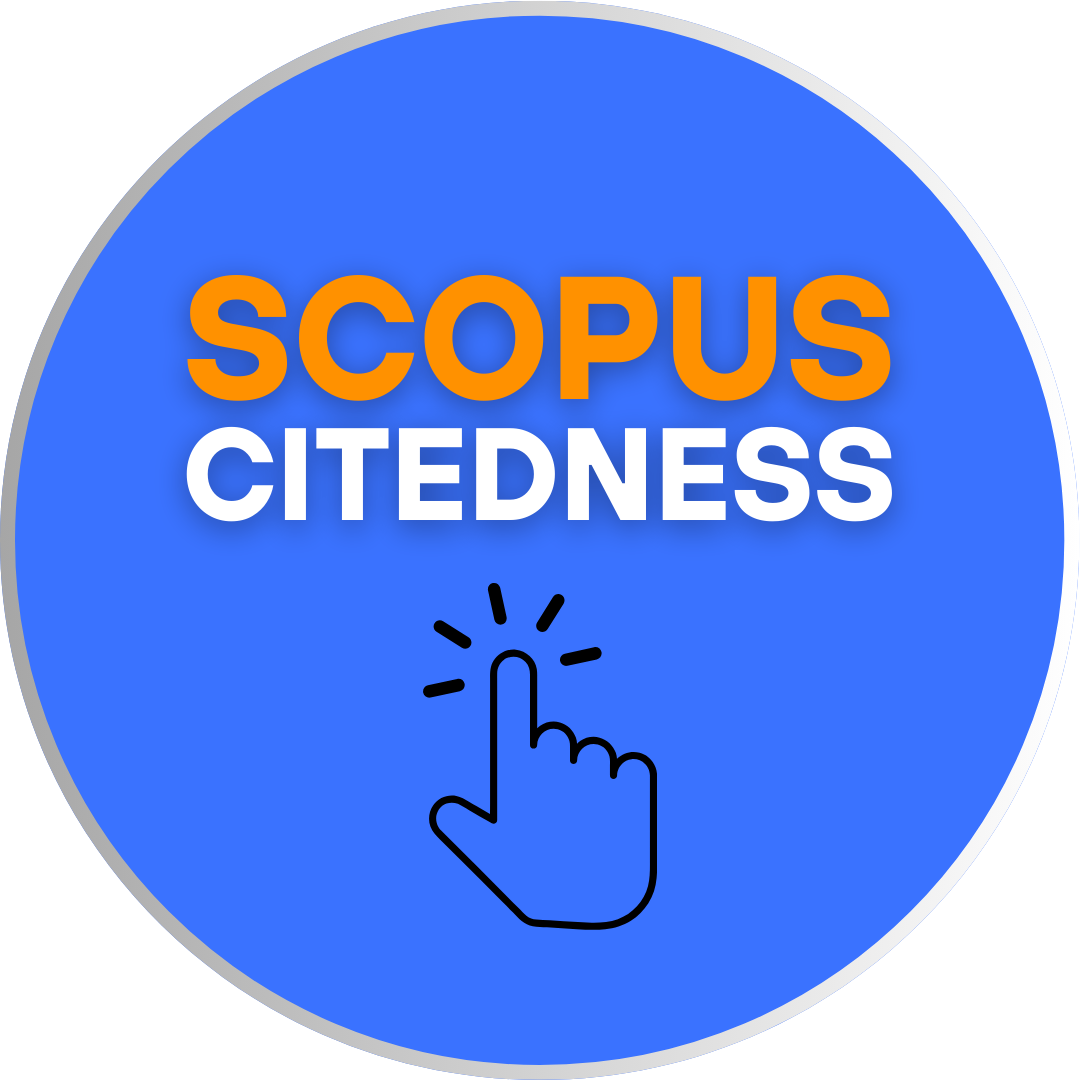ANALYSIS OF POLITENESS STRATEGIES USED IN LT. WATERS’ DIRECTIVE UTTERANCES IN THE FILM TEARS OF THE SUN
DOI:
https://doi.org/10.18592/let.v5i2.1449Keywords:
politeness, politeness strategy, and directive utterancesAbstract
The problem formulations of this research are what the kinds of the politeness strategies are used in Lt. Waters’ directive utterances in the film Tears of the Sun and what kind of politeness strategies most frequently used in Lt. Waters’ directive utterances in the film Tears of the Sun. This research aims to determine the kinds of the politeness strategies used in Lt. Waters’ directive utterances in the film Tears of the Sun and to find the kind of politeness strategies are most frequently used in Lt. Waters’ directive utterances in the film Tears of the Sun. The result of this research states that the researcher found that there are 127 directive utterances used by Lt. Waters in the film Tears of the Sun. In this research, the researcher can conclude that all politeness strategies based on Brown and Levinson Theory were applied by Lt. Waters in his directive utterances. The researcher found out that directive utterance in bald on record is the most frequently used. There are 86directive utterances and the most reason is Powerful Speaker.References
Brown, P. & Levinson, S. C. (1987). Politeness: Some universals in language usage. Cambridge: Cambridge University Press
Chaer, Abdul & Leonie Agustina. (1995). Sosiolinguistik: Perkenalan Awal. Jakarta: Rineka Cipta
Creswell, John W. (2009). Research Design Qualitative, Quantitative, and Mixed Methods Approaches. United States of America:SAGE Publications
Felix-Brasdefer, C. (2007). Politeness. Retrieved February 14, 2014, from Indiana University, Discourse Pragmatics Website: http://www.indiana.edu/~discprag/polite.html
Fitriyana, Yuli. (2007). Politeness Strategies in John Grisham’s Novel “The Client”. Malang :English Letters and Language Department. Inc
Fraser, B. (1990). Perspectives on Politeness. [Electronic Version]. Journal of Pragmatics 14, 219-236. Retrieved March 16, 2014, from http://rodas.us.es/file/01a11452-5a1f-44f8-9023-5169c6dc03de/1/fraser_wimba_SCORM.zip/files/fraser.pdf
Goody, Esther N. Question And Politeness. Cambridge: Cambrige University
Hamka. (1982). Tafsir Al-Azhar Juzu’ 1. Surabaya: Pustaka Islam. Inc
Hamza, A. (2001). Reviews. Retrieved March 25, 2014, from http://extra.shu.ac.uk/wpw/politeness/reviews.htm#1
Holmes, Janet. (1992). An Introduction to Sociolinguistics. England: Longman Group UK
Locher, M., & Watts, R. (2005). Politeness Theory and Relational Work. [Electronic version]. Journal of Politeness Research, 1, 1-9. Retrieved February 28, 2014, from http://sfx.usask.ca:9003/usask?sid=google&auinit=MA&aulast=Locher&atitle=Politeness+theory+and+relational+work&title=Journal+of+Politeness+Research.+Language,+Behaviour,+Culture&volume=1&issue=1&date=2005&spage=9&issn=1612-5681
Meier, A. (1995). Defining Politeness: Universality in Appropriateness. [Electronic Version]. Language Sciences, Vol 17. No, 4, 345-356. Retrieved February 28, 2014, from http://www.sciencedirect.com/science/article/pii /0388000195000194
Johnstone, B. (2008). Discourse Analysis.Meldon, MA, USA: Blackwell Publishing.
Kreidler, Charles W. Introducing Englsih Semantics. Lindon: Routledge, 1998. Inc
Kumiarahman, I. (2001). Theory of Politeness Strategy. Retrieved October 20, 2011, from http://www.scribd.com/doc/49819649/Theory-of-Politeness-Strategy
Oktoberia, Lidya. (2007). Types of Directive Speech Acts Used in Harry Potter-The Deathly Hallows and Bride Wars movie scripts. Padang : State University of Padang. Inc
Politeness-Theory. (2011). Retrieved February 19, 2014, from http://www.scribd.com/doc/46991253/Politness-Theory
Subroto, D. Edi. Pengantar Metode Linguistik Struktural. Surakarta: Sebelas Maret University Press, 1992. Print
Wisegeek. (2003). Wisegeek : What is the Politeness Theory.Retrieved February 10, 2014, fromhttp://www.wisegeek.com/what-is-the-politeness-theory.htm
Watts, R. (2003). Politeness. (Excerpt). Retrieved October 24, 2011, from http://assets.cambridge.org/97805217/90857/excerpt/9780521790857_excerpt.pdf
White, M. (2005). Politeness. Canadian Journal of Sociology Online, January-February. Retrieved October 17, 2011, from http://www.cjsonline.ca/reviews/politeness.html
Wikipedia: the free encyclopedia. (2004). FL: Wikipedia Foundation, Inc. Retrieved February 10, 2014, from http://www.wikipedia.org
Varma, Sujit. (2003) Tears of the Sun plot summary, Retrieved February 10, 2014, from http://www.imdb.com.title/tt0314353/plotsummary.html
Yule, George. 1996. Pragmatics. Oxford: Oxford University Press
Downloads
Published
How to Cite
Issue
Section
License
Authors who publish with this journal agree to the following terms:
- Authors retain copyright and grant the journal right of first publication with the work simultaneously licensed under a Creative Commons Attribution License that allows others to share the work with an acknowledgement of the work's authorship and initial publication in this journal.
- Authors are able to enter into separate, additional contractual arrangements for the non-exclusive distribution of the journal's published version of the work (e.g., post it to an institutional repository or publish it in a book), with an acknowledgement of its initial publication in this journal.
- Authors are permitted and encouraged to post their work online (e.g., in institutional repositories or on their website) prior to and during the submission process, as it can lead to productive exchanges, as well as earlier and greater citation of published work.
LET (LINGUISTICS, LITERATURE, AND LANGUAGE TEACHING) http://jurnal.uin-antasari.ac.id/index.php/let/index licensed under a Creative Commons Attribution 4.0 International License.
















